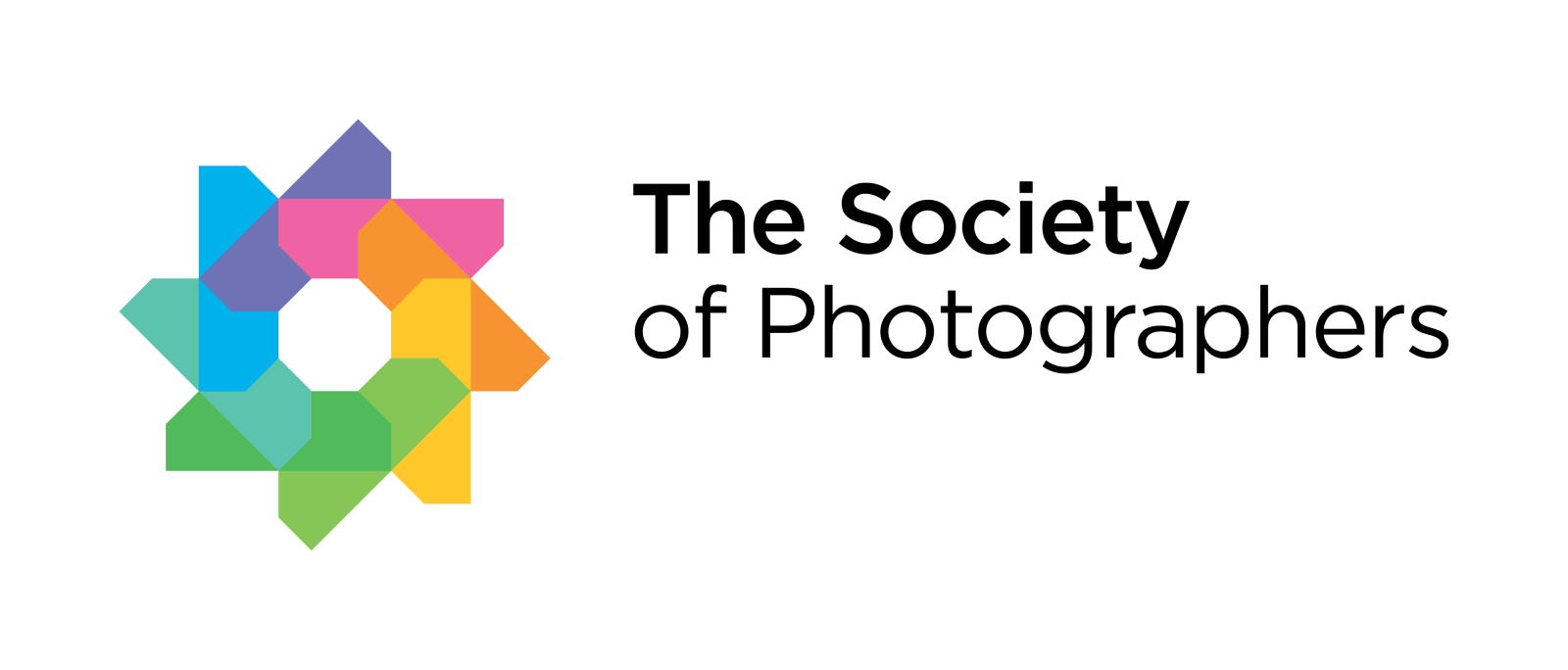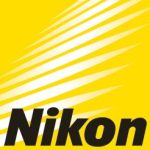NIKON Z 9 GOES TO SPACE: Space station astronauts receive Nikon’s flagship full-frame mirrorless camera
Nikon is pleased to announce that the Nikon Z 9 was launched into orbit to the International Space Station (ISS) in January, helping NASA astronauts capture the iconic and breathtaking images of Earth and space in stellar quality and clarity. This is a landmark achievement for the Nikon Z series, as this will be Nikon’s first mirrorless camera used by the space station crew.
Multiple Z 9 bodies along with an impressive selection of NIKKOR Z lenses have been sent to the orbiting laboratory on the 20th Northrop Grumman commercial resupply services mission for NASA. The Cygnus cargo spacecraft, carried on the SpaceX Falcon 9 rocket, launched from Space Launch Complex 40 at Cape Canaveral Space Force Station on January 30th, 2024.
The Z 9 uses the latest mirrorless technology and is replacing the current inventory of Nikon D6 and D5 digital SLR cameras on the space station, with the D5 in service since 2017. Since the Apollo 15 mission more than 50 years ago, Nikon cameras and lenses have been used by NASA for space exploration on various missions and the space shuttles. Starting in 1999, Nikon cameras (the Nikon F5) and NIKKOR lenses have been used aboard the orbiting laboratory to aid in scientific research, maintenance, and aiding astronauts capturing the iconic images of Earth, the heavens, and beyond. The gear is used both inside the space station, but also in the unrelenting vacuum of space in a special “blanket” developed by NASA. In 2008, NASA took delivery of the D2XS digital SLR, and in 2013, 38 Nikon D4 digital SLR cameras and 64 NIKKOR lenses were delivered to the space station crew.
The Nikon Z series of mirrorless cameras launched in 2018, and since then has benefitted from the latest innovation, constant firmware updates and a rapidly expanding line of NIKKOR Z lenses. The Z 9 is Nikon’s flagship mirrorless full frame camera, well regarded for its extremely robust build, unwavering reliability for professionals and next generation technology. The Z 9 is the first camera of its type to eliminate a shutter, minimizing moving parts for maximum durability. The cameras used on the orbiting laboratory are physically unmodified, meaning terrestrial consumers have access to the same build quality as the space station crew in space. This is a testament, certifying that Nikon technology and the Z 9 is capable of thriving in the extreme rigors of living in zero gravity and space exploration.
While the camera is physically the same, Nikon engineers worked directly with NASA to create a custom dedicated firmware to better serve the astronauts and the environment in space. This includes expanding noise reduction to faster shutters speeds to account for the constant bombardment of cosmic radiation that the crew and gear are subject to about the space station. Additional changes have been made to the file naming sequence, as well as default settings and controls that are optimized for life aboard the orbiting laboratory and when enclosed in the protective covering for exterior missions. Changes have also been made to the in-camera FTP and transfer protocol to simplify the astronaut’s workflow, increase efficiency and reduce power consumption when sending images from space to Earth.
New Nikon cameras and NIKKOR lenses aboard the space station
As NASA integrates the latest technology of Nikon’s mirrorless camera system, a selection of lenses has also been sent to assist astronauts. The shipment consisted of 13 Z 9s, a total of more than 15 NIKKOR Z lenses, including super-telephoto and macro lenses, and 15 FTZ II adapters.
*Trade names (companies, products, services, etc.) are trademarks or registered trademarks of their respective holders.











